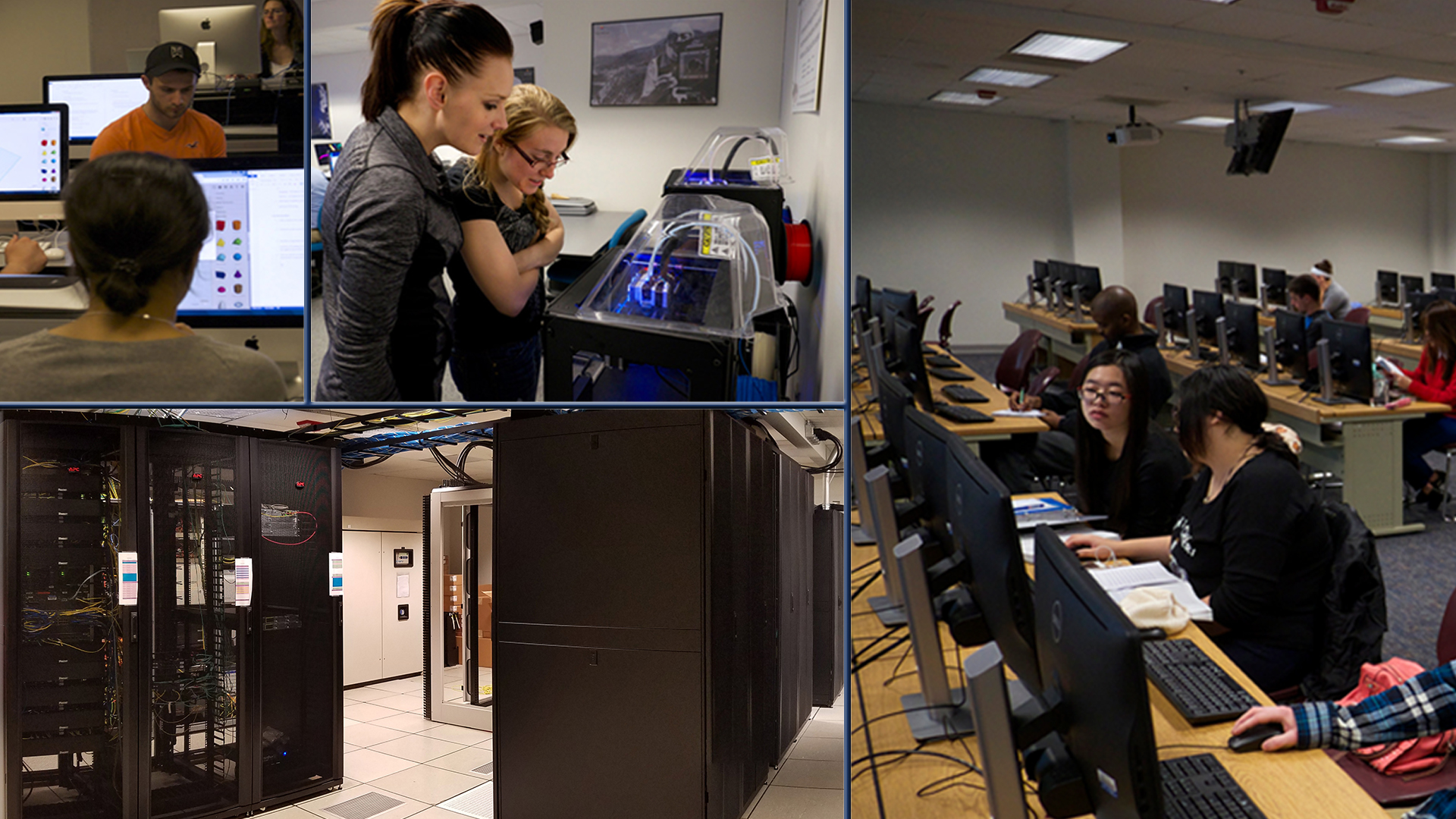Your Network ID (NetID) is a network login assigned to you that is unique across all University of Illinois campuses. It serves as your login to many University computing and networking services.
Your NetID is the part of your e-mail address before the @ symbol. For example, if your email address were jdoe123@uis.edu, your NetID would be jdoe123. Your NetID has a password associated with it, this password is commonly called your NetID password. It may also be referred to as your Active Directory password.
Many important secure University services will ask for your NetID to find out who you are and your NetID password to verify that you are who you say you are. Of all your computing passwords, your NetID password is particularly important because of the type of services it controls access to and the sensitive personal information that can be accessed if your password is compromised.
Accounts / Passwords
NetIDs are required to register for courses.
- Request or locate your campus NetID
- Set or reset your password [see below for the definition of a password requirements]
The UIS NetID lookup and Password change pages interact with the UI-Integrate system. Check System Status or planned outages for UI – Integrate [Banner] systems that could affect access to NetId/Password Maintenance.
UIS Campus NetID Passwords
The University of Illinois Interim Security Policy requires the use of strong user passwords wherever possible. Strong passwords are required on campus NetIDs.
We strongly encourage you to set up your recovery options so that you can easily reset your password if it expires or is forgotten.
Password Requirements
Passwords must be changed every 365 days and meet the following requirements:
- Must be at least 12 and no more than 127 characters in length.
- Must contain at least 1 uppercase letter.
- Must contain at least 1 lowercase letter.
- Must contain at least 1 number or special character (cannot use: spaces, double quotes, commas, or @ signs).
- Must NOT contain 4 sequential characters of your NetID.
- (Checked on submission) Passwords shorter than 16 characters cannot contain words longer than 3 characters
- Checked on submission] Cannot use passwords from the last 3 years
An effective method of constructing a strong password is to create an abbreviation for a phrase that is unique to you. For example, from the phrase “I kicked my computer 23 times today for not working right”, you could form the password “Ikmc23tt4nwr” by using the first letter of each word. This password meets all the criteria for a strong password.
Examples of Valid and Invalid Passwords
Please note that both the number zero ‘0’ and the uppercase letter ‘O’ are used in the following
Valid
- W0rry2mu(hltly
- !H0t!nf3rn0?
- he!!02YOU@ll!
Invalid
- $Spring2003 [It contains the word ‘spring’.]
- If6was9 [It is less than 8 characters in length.]
- 02dec81 [It does not contain an UPPER case letter.]
- Pa**wo~d [It does not contain a digit and common words such as ‘password’, ‘secret’, and ‘security’, as well as parts of your name, address, and department should never be used as passwords or in passwords.]
After you change your campus NetID password, you may need to log back on to any authenticated network services you may be using, such as Outlook. If you are already logged on to a computer [on campus] you need to log off and back on to access authenticated resources, such as Outlook and printer shares.
Reset Password
Stored Passwords (on laptops, tablets, phones, etc)
Changing your password will update your credentials for logging into University resources, including webmail, Canvas, Box, Lync, connecting to the wireless network, etc. You may have devices (laptops, tablets, phones) that have stored passwords. Shortly after resetting your password (e.g. within 24 hours), some services and devices will challenge you to enter your password. This occurs due to your locally cached (old) password no longer matching your newly reset password. When your password is reset, you will need to log back in to these resources to save the new password. Depending on the device, you may get a notification to re-enter your password; however, not all devices provide a notification. Please contact ITS Client Services for assistance, if needed.
Available Methods
Online
If you currently know your password, you can reset it at our password reset page. If your password has expired or you have forgotten it, you can use the recovery options to set it (assuming you have set your recovery options – which include options for sending a token to a non-university email address, a text message, or a phone).
In Person
ITS Client Services can assist you with password changes by visiting the Media Lab located on campus in the lower level of Brookens Library. You will need to provide us with your University Identification Card and the other information noted above.

